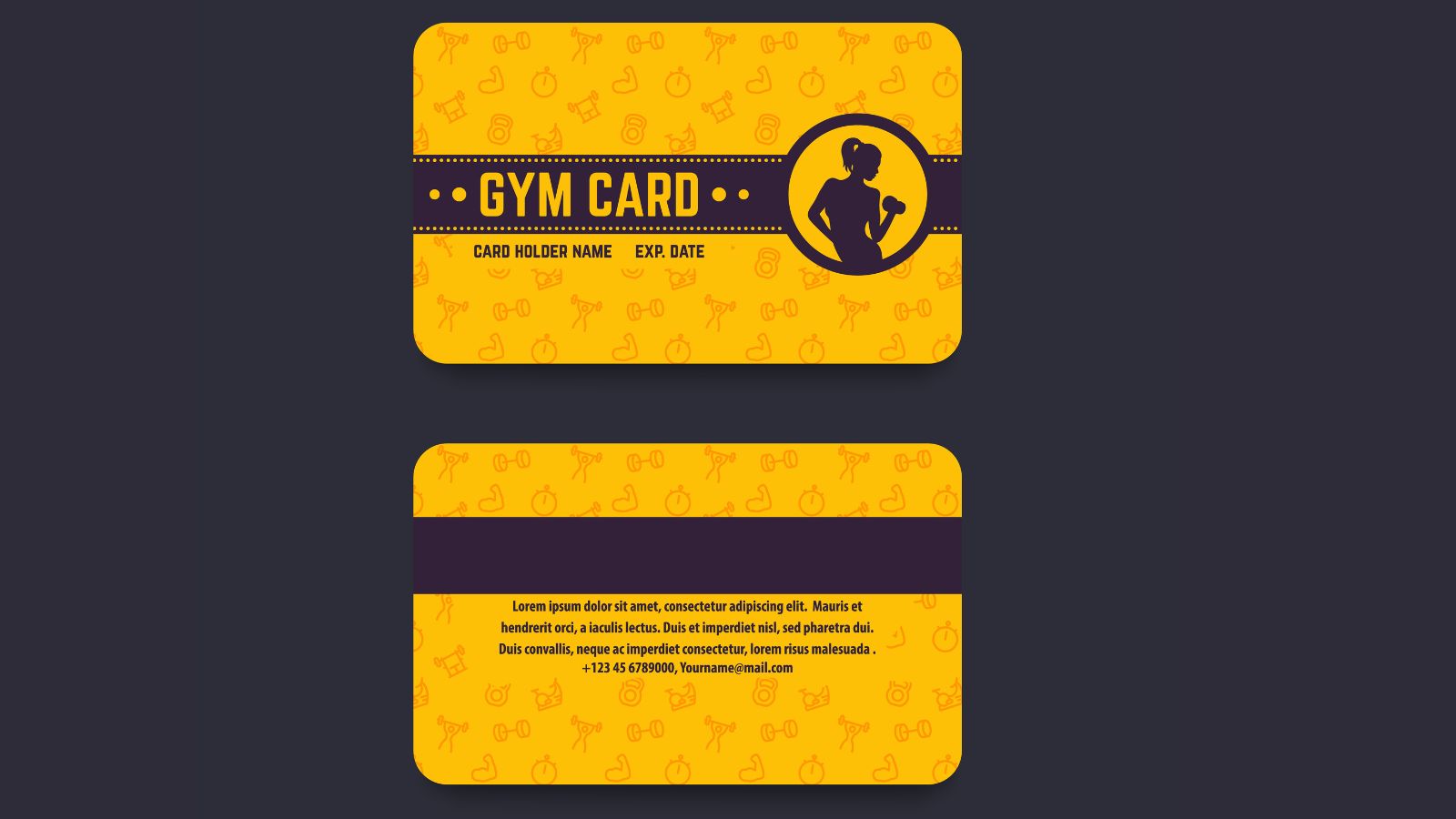Leading a healthier lifestyle is a goal for many people, but it can be expensive. From expensive gym memberships to organic food, we look at 19 hidden costs of adopting a healthier lifestyle in 2024:
Premium Gym Memberships

While basic gyms are available, many people opt for specialized fitness centers, boutique studios or classes that offer personalized coaching. From high-end yoga studios to cross-training gyms, these memberships can cost anything from $100 to $300 per month.
Specialized Workout Gear

To look the part for their healthier lifestyle, many people invest in high-quality workout gear. From moisture-wicking fabrics to the latest athletic shoes designed for specific activities, these purchases add up quickly. Brands that market their products as performance-enhancing or sustainable often come with hefty price tags.
Organic Foods

Eating healthier often means choosing organic or non-GMO products, which are significantly more expensive than conventional items. Organic produce, grass-fed meats and wild-caught fish can quickly double your grocery bill. Additionally, specialty ingredients like plant-based proteins, gluten-free products or superfoods often come with premium prices.
Meal Delivery and Prep Services

Many people adopting a healthier lifestyle use meal delivery or prep services that offer balanced, portion-controlled meals. While meal preps are convenient, they can cost anywhere from $10 to $20 per meal, meaning you are paying much more than you would by cooking at home.
Health Coaching and Personal Trainers

Hiring a personal trainer or coach to guide you through your fitness and nutrition goals can provide accountability and expertise, but it comes at a price. Personal trainers can charge anywhere from $50 to $150 per session, depending on experience and location.
Fitness and Wellness Apps

While there are many free fitness apps, the most effective ones often come with a subscription fee. Premium fitness and wellness apps that offer guided workouts, meditation, nutrition tracking or personalized coaching typically charge between $10 and $30 per month.
Nutritional Supplements

As part of a healthier lifestyle, many people incorporate vitamins, minerals and supplements into their routine. But, high-quality, third-party-tested supplements can be expensive, especially if you are taking multiple products such as probiotics, omega-3s, protein powders or specialty herbal blends.
Higher Utility Bills

If you’re cooking more at home to avoid processed or unhealthy foods, you may notice a spike in your energy bills. Using appliances like ovens, stovetops and dishwashers more frequently can increase electricity or gas usage, leading to higher utility costs each month.
Healthcare and Wellness Appointments

Adopting a healthier lifestyle often involves regular check-ins with healthcare professionals such as nutritionists, chiropractors or alternative medicine practitioners like acupuncturists. These appointments are often not fully covered by insurance, resulting in out-of-pocket costs that add up over time.
Wearable Technology

Wearable technology, such as smartwatches or fitness trackers help monitor activity levels, heart rate, sleep which can help people make better decisions. But, devices like the Apple Watch or Fitbit can range from $100 to $500 and many require additional subscription fees for premium.
Subscription Boxes

The growing trend of subscription boxes for health and wellness products offers convenience, but at a cost. These boxes, which might include organic snacks, fitness equipment, skincare, or wellness supplements, usually cost between $30 and $60 per month.
Mental Health Services

A holistic approach to health includes mental well-being. Therapy, counseling and wellness retreats designed to support mental health can be costly. Weekly therapy sessions can range from $75 to $250, depending on your location and the type of therapy. Many health insurance plans only cover a limited number of mental health visits.
Medical and Wellness Testing

Comprehensive health assessments, such as DNA testing, food sensitivity testing and advanced blood panels, are becoming more popular for people who want to personalize their wellness routines. These tests are rarely covered by insurance and can cost hundreds of dollars, especially if done regularly.
Outdoor Living Costs

If you want to incorporate more outdoor activities like hiking, cycling or skiing into your routine, the costs of gear, permits and travel can be high. High-quality bikes, camping gear or ski equipment can run into the thousands plus you often need to buy park passes for a lot of places.
Time Costs

A healthier lifestyle often requires more time spent meal prepping, exercising and attending appointments. If you work a demanding job, the time invested in these activities can lead to reduced work hours and less availability for overtime.
Healthier Drinks

Switching from sugary drinks or alcohol to healthier options like cold-pressed juices, kombucha, or herbal teas can significantly increase your beverage budget. These alternatives often cost $3 to $10 per drink, especially if purchased at specialty stores or health cafes.
Sustainable Living Costs

Many people who adopt healthier lifestyles also choose more eco-conscious products. From reusable food containers and water bottles to sustainably sourced clothing and cleaning products, the costs of living sustainably can be much higher than using conventional options.
Classes and Workshops

Many people looking to improve their health attend fitness classes, wellness workshops, or cooking classes to learn new skills and stay motivated. Whether it’s yoga, Pilates, plant-based cooking or mindfulness, these classes typically charge $15 to $40 per session or offer expensive monthly packages.
Food Waste

If you’re transitioning to a healthier diet that involves fresh produce, you may experience an increase in food waste. Fruits and vegetables often spoil faster than processed foods and organic or specialty products can be more expensive to replace. Properly storing and using all your ingredients can help reduce the cost of food waste, as will trying to buy items only when you need to rather than in bulk.
18 Reasons Why People Are Leaving Florida in Masses

Exploring factors that impact the desirability of living in Florida, this list delves into various challenges shaping residents’ experiences. From environmental concerns like rising sea levels to economic factors such as fluctuating job markets, these issues collectively contribute to a nuanced understanding of the state’s appeal.
18 Reasons Why People Are Leaving Florida in Masses
